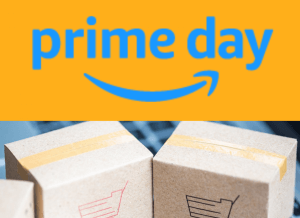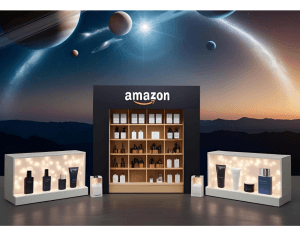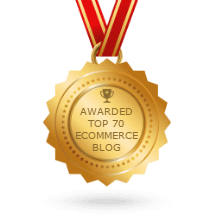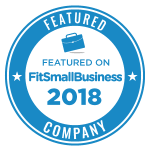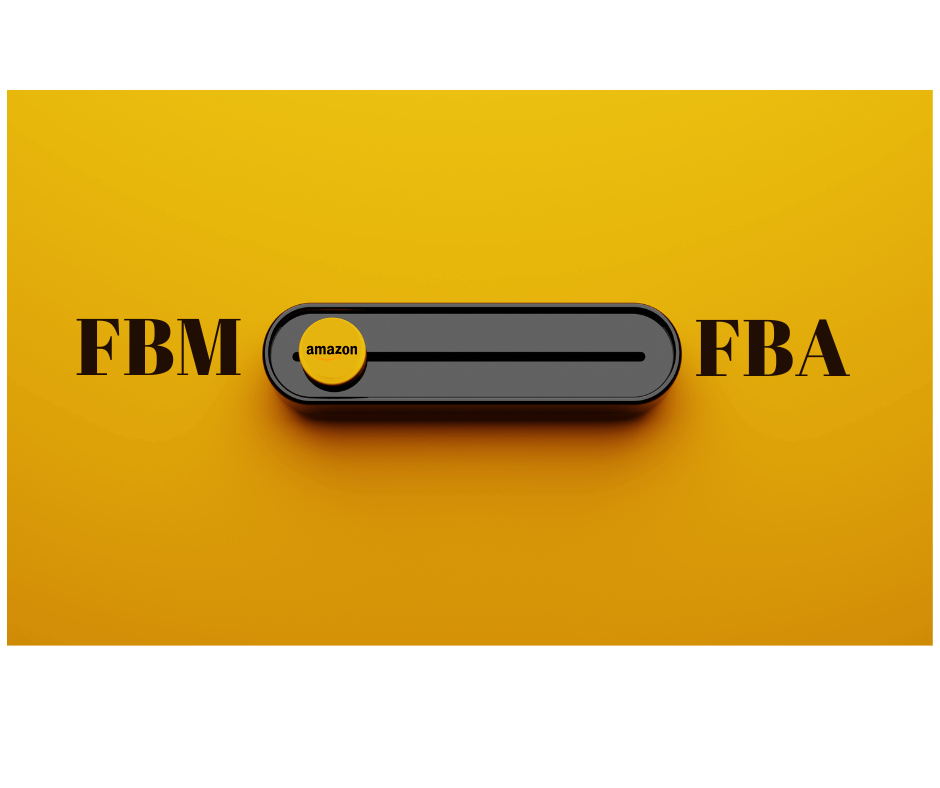
To FBA, or not to FBA, that is the question. Here to make it easier for you to decide is our Amazon FBM vs FBA comparison. Find out if you should opt for Fulfillment by Amazon vs Fulfillment by Merchant this year with our run-through of the costs, fees, models, and other FBA vs FBM pros and cons.
Whatever your line of business, you’re probably looking for the best Amazon fulfillment model. Like all merchants, you might have wondered about the benefits of Seller Fulfilled Prime vs FBA, FBM, Direct Fulfillment, MCF, or other ways of selling on Amazon in 2025.
There’s some good and bad in everything; fulfillment too. So, let’s take a look at Fulfillment by Amazon vs Fulfillment by Merchant, your two main options. Then use our Amazon FBM vs FBA comparison to work out the best Amazon fulfillment strategy in 2025 for your business.
1. FBA vs FBM Pros and Cons
Merchants have been able to sell their wares on Amazon for about a quarter of a century. Initially, they fulfilled their own orders, establishing the Fulfilled by Merchant (FBM) model. But when Fulfilled by Amazon (FBA) was launched in 2006, all that changed. Here’s how…
What is Fulfilled by Merchant (FBM)?
With FBM, sellers store, pack, and ship products directly to customers. They can do it themselves or through a third-party logistics (3PL) provider. They also handle all customer-facing operations, including claims, returns, and refunds.
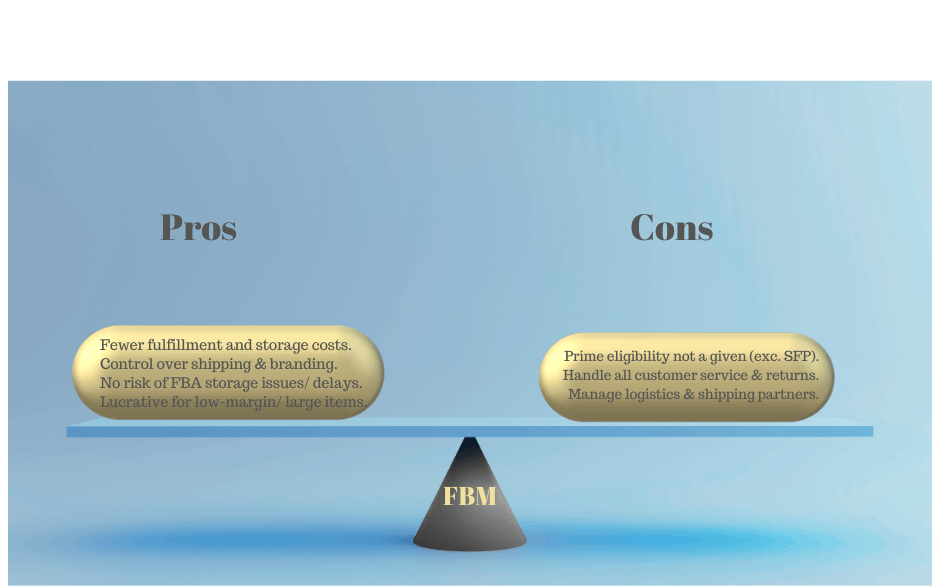
Crucially, sellers who fulfill their own orders don’t need to worry as much about how their products are branded or if their packaging is Amazon-friendly. They don’t need to prepare bulky shipments at specific times. Also, they’re free to set their own Amazon FBM profit margins.
What is Fulfilled by Amazon (FBA)?
The FBA program enables sellers to store inventory in Amazon’s own warehouses. Sellers list items on Amazon as usual, designate some FBA units, and ship them off to fulfillment centers. Amazon then handles picking, packing, shipping, customer service, and returns.
Obviously, this comes with Amazon logistics and shipping costs that don’t apply to FBM orders. It also means that the seller has no say in how items are stored, packaged, shipped to buyers, or returned. But many sellers are willing to forgo these benefits for the sake of the Prime badge.

2. Cost Comparison: FBA vs. FBM in 2025
The first thing to consider as you try to find the best Amazon fulfillment model is that referral fees are the same for FBA and FBM sellers. So, Amazon gets anything from 8% to 45% of the total sale price. It averages out at about 15%, and it can never be below $0.3.
Selling plan fees are also the same, whether you use FBA, FBM, or a hybrid model. If you opt for the Professional Plan, you hand over $39.99/month to Amazon. If you opt out, you pay $0.99/ unit sold instead. But the Pro plan pays for itself once you hit 40 sales/ month.
Fulfillment by Amazon vs Fulfillment by Merchant: Which is Cheaper?
The basic cost of selling on Amazon in 2025 is the same for FBA and FBM orders. Where the two models differ is on the cost of shipping, handling, and warehousing. For the sake of simplicity, we’ll exclude other costs like advertisingAdvertising is a means of communication … More, branding, or redesigning for FBA.
FBM Cost Breakdown
For FBM orders, these are mostly in-house costs. Frugal sellers can absorb or minimize them. They can negotiate shipping costs with couriers, save on warehousing with 3PL, and economize on labor, materials, and other expenses to keep handling and packaging costs down.
Also, FBM sellers usually have more leeway when it comes to accepting customer returns and charging restocking fees. But now that Amazon has announced on the app that it offers free international returns, this raises the bar for FBA sellers as well.
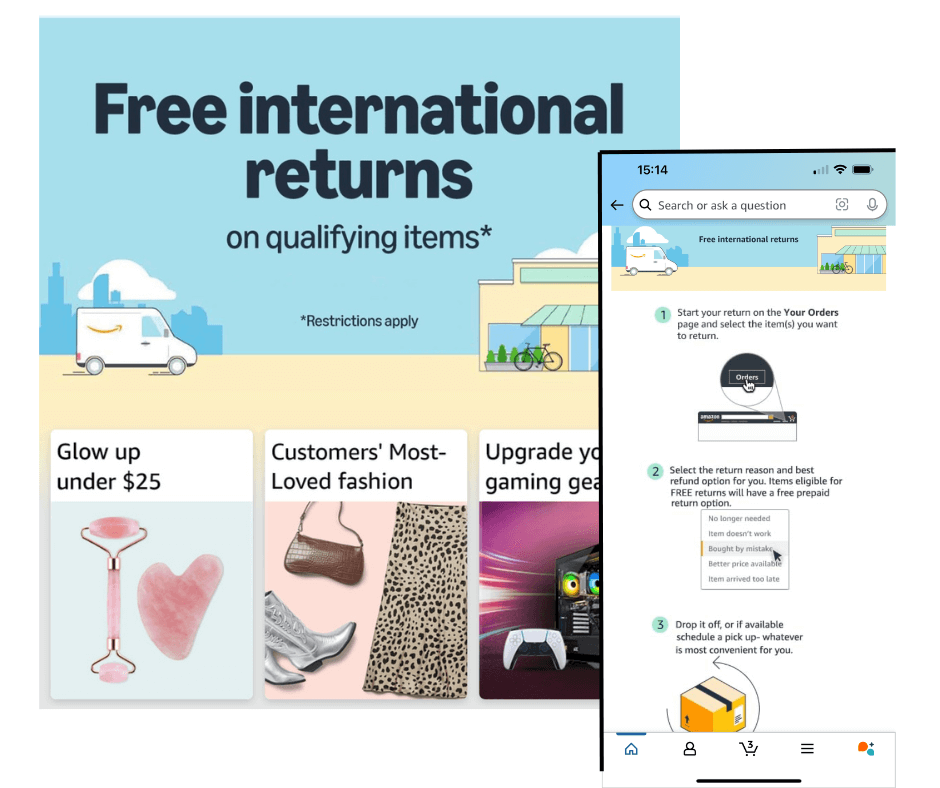
FBA Cost Breakdown
After serious cost-cutting, FBA can sound like a bargain, since FBM shipping credits don’t usually cover shipping costs. But don’t rely solely on the Revenue Calculator when you compare FBM and FBA costs, as it excludes many Amazon logistics and shipping costs.
For one thing, there’s the cost of shipping pallets and boxes to FBA. Then you have fees that can pop up through no fault of your own, such as reservation fee bids for when you want to increase your inventory capacity because your business is growing.
Then there are about 20 other Amazon FBA fees in 2025 that you might want to budget for. Many of them tend to rise every year. This year is an exception, though. Amazon even lowered some of them, as reported in our “Amazon Fee Updates” post.
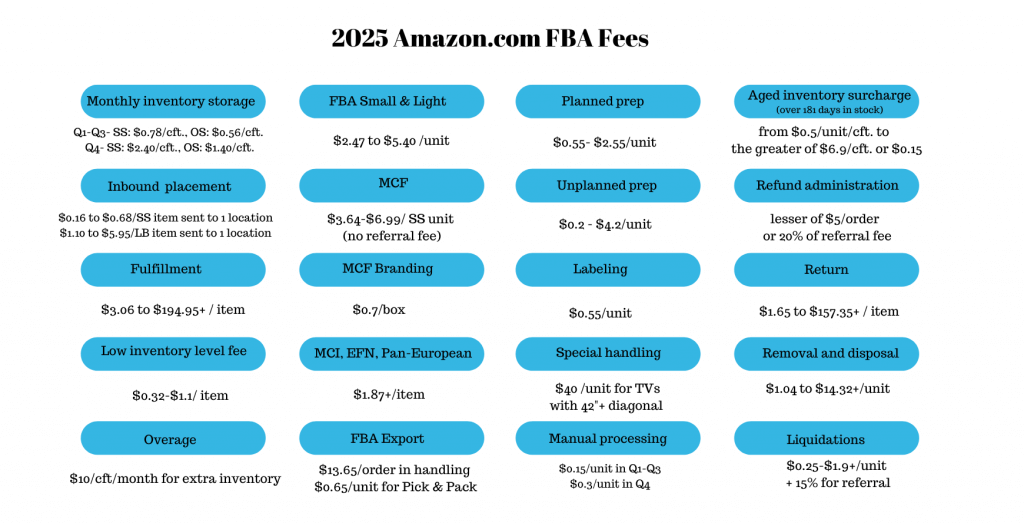
3. Finding the Best Fulfillment Model
As you weigh your options, remember that costs are rising across the board. With soaring tariffs and the “de minimus” exemption scrapped, importing products and raw materials is more expensive for everyone. So, purchasing power is likely to decrease this year.
Many sellers can’t cope with all the FBA fee increases they’ve absorbed over the years. So, they may switch to selling more FBM, on other venues or on their own websites. After all, nobody can sell small, lightweight, high-demand items with negligible margins indefinitely.
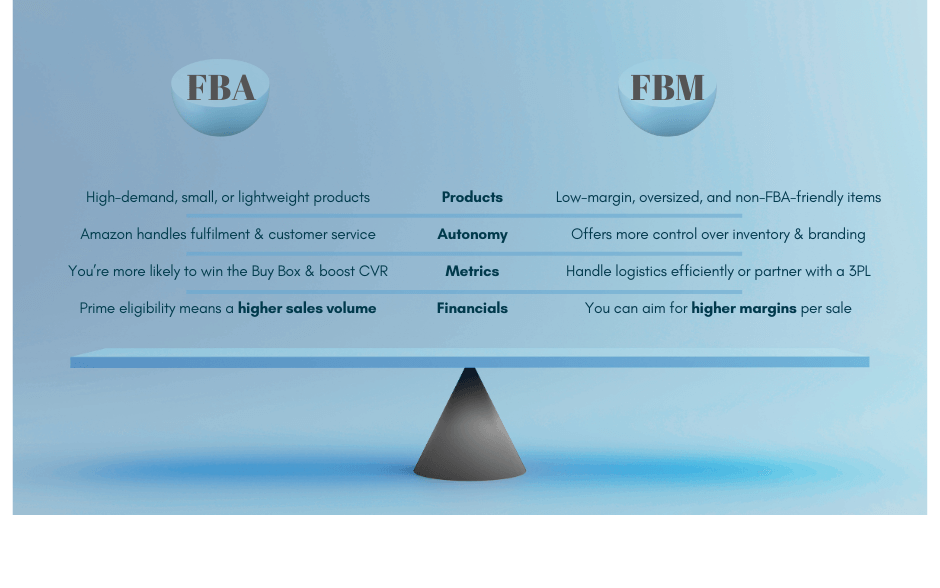
There’s no one-size-fits-all approach. You may lean towards FBA logistics for fast-moving products. Or you may prefer to keep your high-margin and oversized items in-house because of the Amazon FBM profit margins you could make. If so, remember that:
- FBA is best if you prioritize scalability and Prime eligibility.
- FBM is best if you want lower fees and more control.
- A hybrid scenario is the best of both worlds!
4. Amazon Seller Competition in 2025
The word on the grapevine is that hybrid fulfillment is the way to go for most sellers. They stock some FBM units and ship off other FBA units, making sure to prevent, check, and cut costs wherever possible while also enjoying the convenience of having Amazon handle some orders.
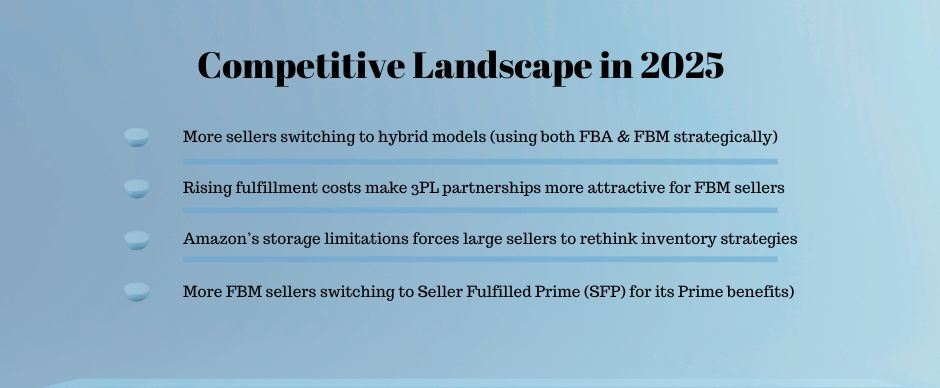
But the marketplace has grown tremendously over the years. The seller community has changed and the quality of products on offer has not improved. Most products on Amazon.com are produced in China, according to Statista and sold by Chinese sellers, as MarketPulse reports.
As of yet, Amazon simply can’t compete with Temu offers. Amazon Haul is no match for the convenience of these now-established marketplaces. So, as you try to make sense of Amazon seller competition in 2025, keep in mind that fewer items may be profitable this year.
As you can see from our Amazon FBM vs FBA comparison, it’s best to do your due diligence before you commit to any fulfillment model. Hopefully, you’ve answered some of your questions and helped you decide on the best Amazon fulfillment model for your business. If so, be sure to keep up with tips and news on our blog to iron out all the kinks in your Amazon fulfillment strategy in 2025.

Melanie takes an active interest in all things Amazon. She keeps an eye on the latest developments and keeps Amazon sellers up to speed.


